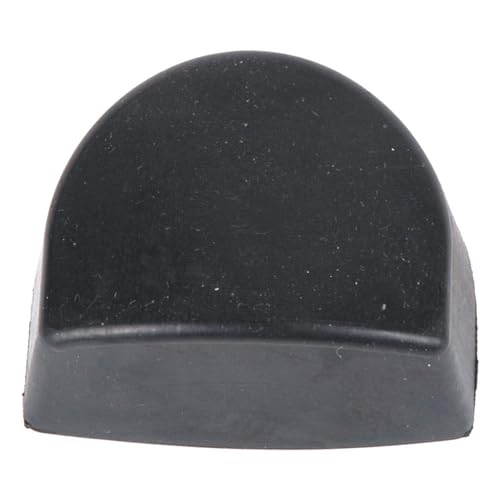Industrial Heels are footwear typically designed for work or daily use. They are often made from a sturdy and durable material, such as steel or rubber, to provide a durable and supportive foot. With their ability to provide support, these heels also have a sleek and professional appearance.
If you’re a new dancer, you’ll quickly realize that there are several tools, accessories, and resources that dancers rely on to improve their craft, care for their bodies, and maximize their abilities.
These are the most important of all
Looking at the investments dancers make in their craft can be overwhelming, but shoes should be the top priority. If you’re going to invest in your dancing hobby or career, let it be dance heels.
As dance accessories experts, we see how much they can make a difference by helping dancers stay comfortable while feeling more empowered in their movement.
Here’s what you should know about dance footwear and the true difference they make:
Do You Need Dance footwear?
While some may say that a similar, non-dance shoe can work, the reality is dance is made and worn by the best dancers for a reason. Whether you’re a beginner just trying to dance as exercise or a competing professional who wants to improve your craft, good heels are a must.
Some dance floors can be hard on a dancer’s feet, and without them, after hours of rehearsal or on your third weekend of performance, you’d wish you had these heels the entire time.

These heels are constructed differently than regular ones; they are made for dancing in a particular type of flooring used on dance floors.
While dancing in street shoes won’t make you a bad dancer, it may be holding you back from better form and more confidence in your routines.
Dance Heels Have Better Soles
The difference between regular and dancing shoes starts with the sole. Street shoes usually have a rubber-like bottom that creates friction on the floor to improve stability. Practically, they are great for everyday activities because of this. This friction and traction are exactly what you don’t want as a dancer.
The friction can make it hard to turn your foot, and it may cause damage to the joints in your ankle or leg. Dancing heels are designed for dance floors and allow the wearer to turn and move easily.
Most dance footwear features a suede bottom that perfectly balances grip and slips to make your moves feel flawless.
These are more flexible.
These are designed flexibly, expecting the wearer to move their body and point their feet as needed. While street shoes are designed with thick, hard soles to protect the feet, dance footwear is thinner and allows for more articulation in the foot. It creates more beautiful lines in dances as you can easily point, flex, and stomp.
Feature
The Industrial heels in regular women’s shoes are often thin and flimsy, made more for glamour than practicality. Dancing shoes are highly functional, with strong heels that won’t give in, and are made with sturdy materials to avoid disasters on the dance floor.
You can feel comfortable and confident that you can trust the weight on these heels regardless of what position you find yourself in.
Street shoes often have a little extra room in the heel or the toe to allow for more comfort with everyday wear.
Dance footwear, however, is made to fit like a glove. You want your shoe to conform to your foot carefully to avoid any tripping hazard or room for unnatural twisting or movement.
Most dancing Heels are closed-toed to protect your digits from damage, and they’ll hug the shape of your foot without adding extra pressure. It should make your feet feel secure, not suffocated.

These Have Better Straps
Normal heels for women often come with complicated straps that require buckling and unbuckling to get them on and off, but most modern dancing footwear has special mechanisms to make it much simpler to get the footwear on and take them off. The straps are also thicker and more durable, so they won’t snap if the foot bends oddly.
These are Made to Stay On With Serious Activity
Dance shoes are designed for physically active movement, while most street footwear can’t handle that.
These heels are designed perfectly.
If you want your footwear to last many rehearsals and performances, it’s best to invest in a pair of dance-specific shoes so they won’t hold you back.
Is There a Difference Between Cheap and Expensive?
While it’s possible to find a pair of dance pumps that won’t break the bank, you should still consider that you’ll get what you pay for.
Dancing heels and men’s dancing loafers have many features distinguishing them from street pairs, which makes up the price difference between street and dancing footwear.
If you want to invest in a long-term pair, be prepared to pay for a more expensive shoe.
If you are only looking for a pair that will get you through one performance, you can get away with spending less on your footwear.
The main difference between low-end and high-end pairs is the quality. For those of professional stature, it’s worth buying an expensive pair, but if you rarely wear them or your dancing is not of high importance to you, a pair on the cheaper side will still do.
The footwear you sport when dancing can directly impact your performance.
If you’re still wearing street shoes or loafers, it’s time to change them up and invest in a pair of high-quality Industrial heels specifically for dancing.
The difference is how they fit your foot, how they support it and allow for articulation in your routines, how they move on the dancefloor, and how long you can expect them to last you.
Conclusion
Industrial heels provide a versatile and stylish option for women. They are easy to wear and can be dressed up or down, adding a touch of elegance to any outfit. They are also great for added warmth in cold weather.
You May Also Like






